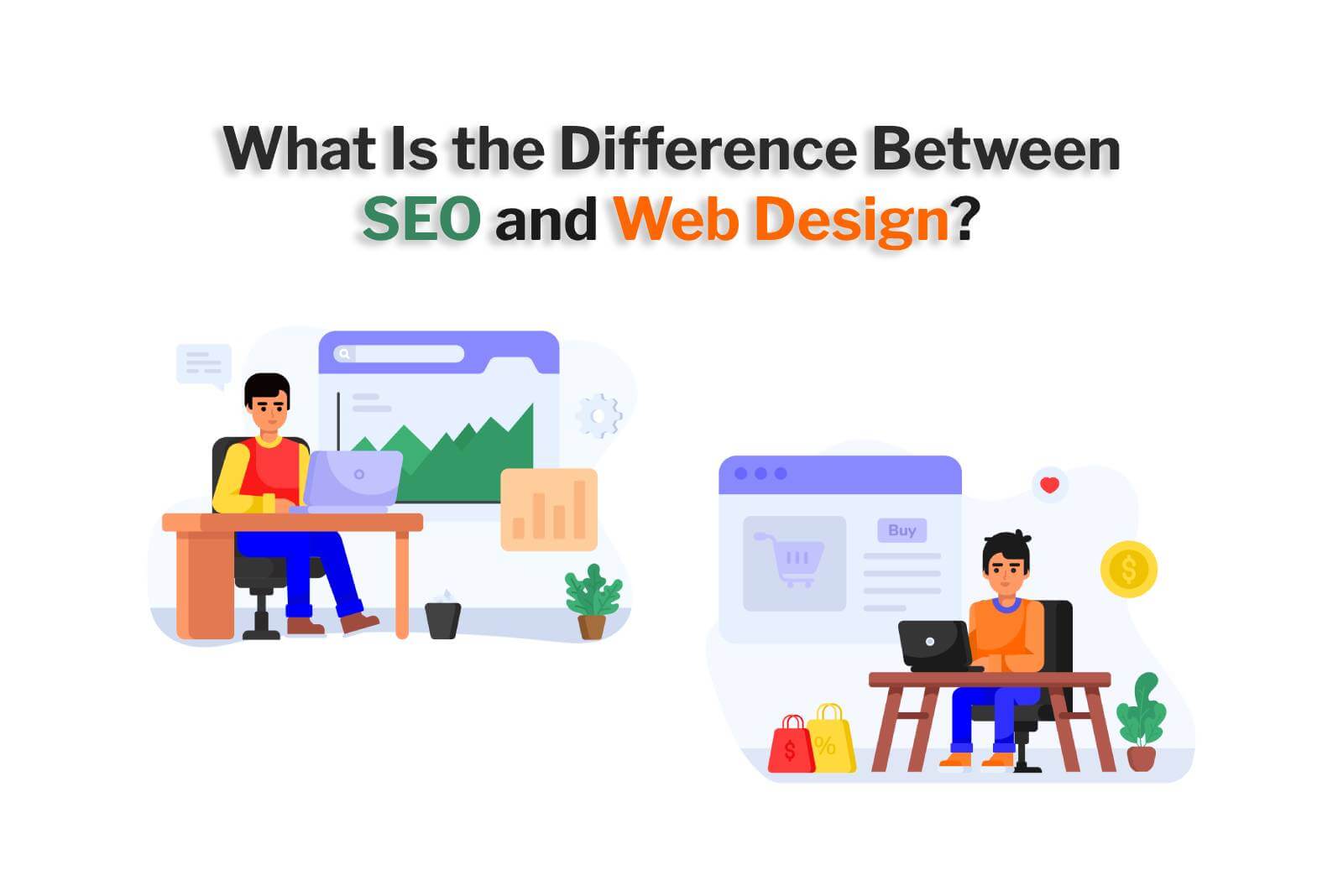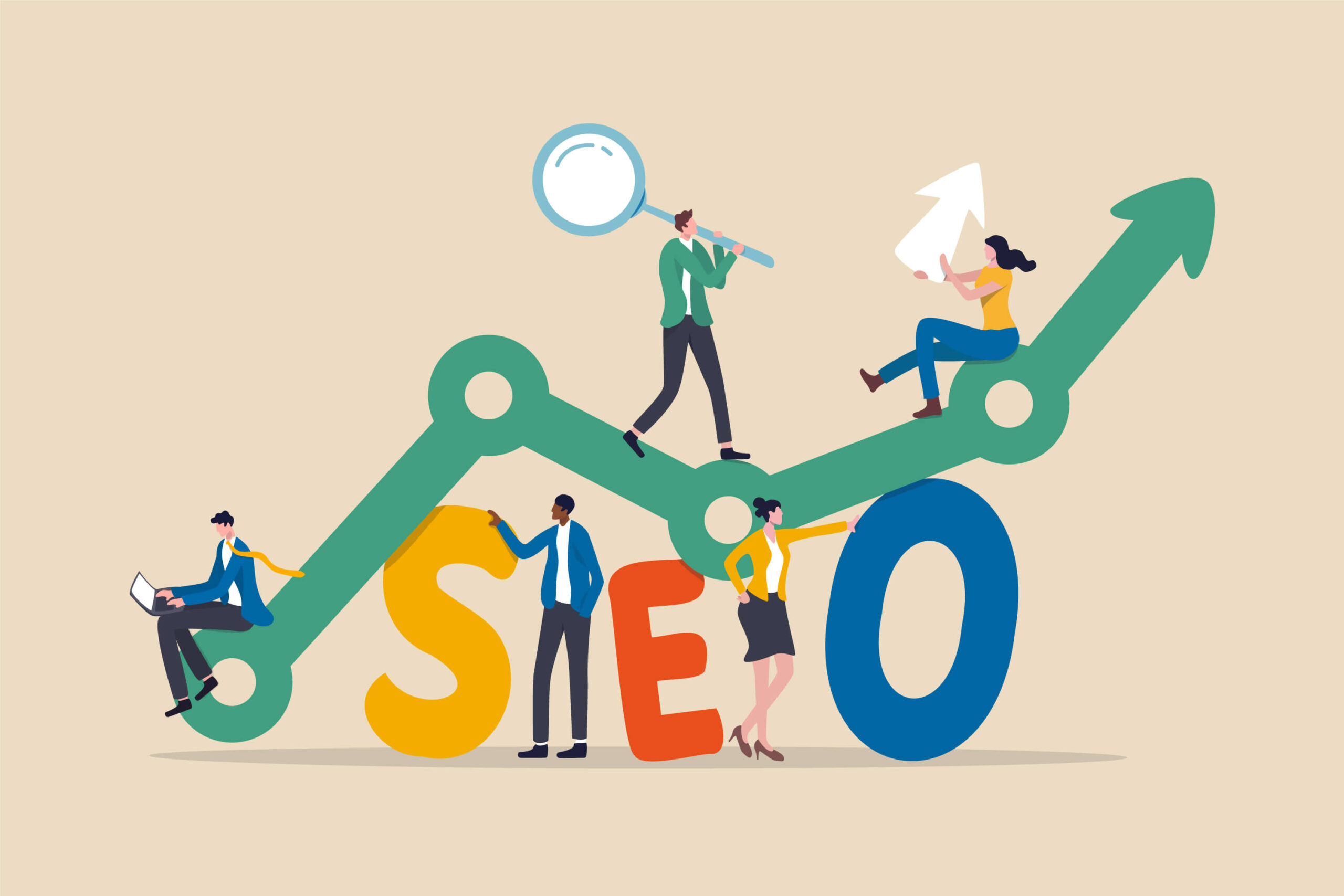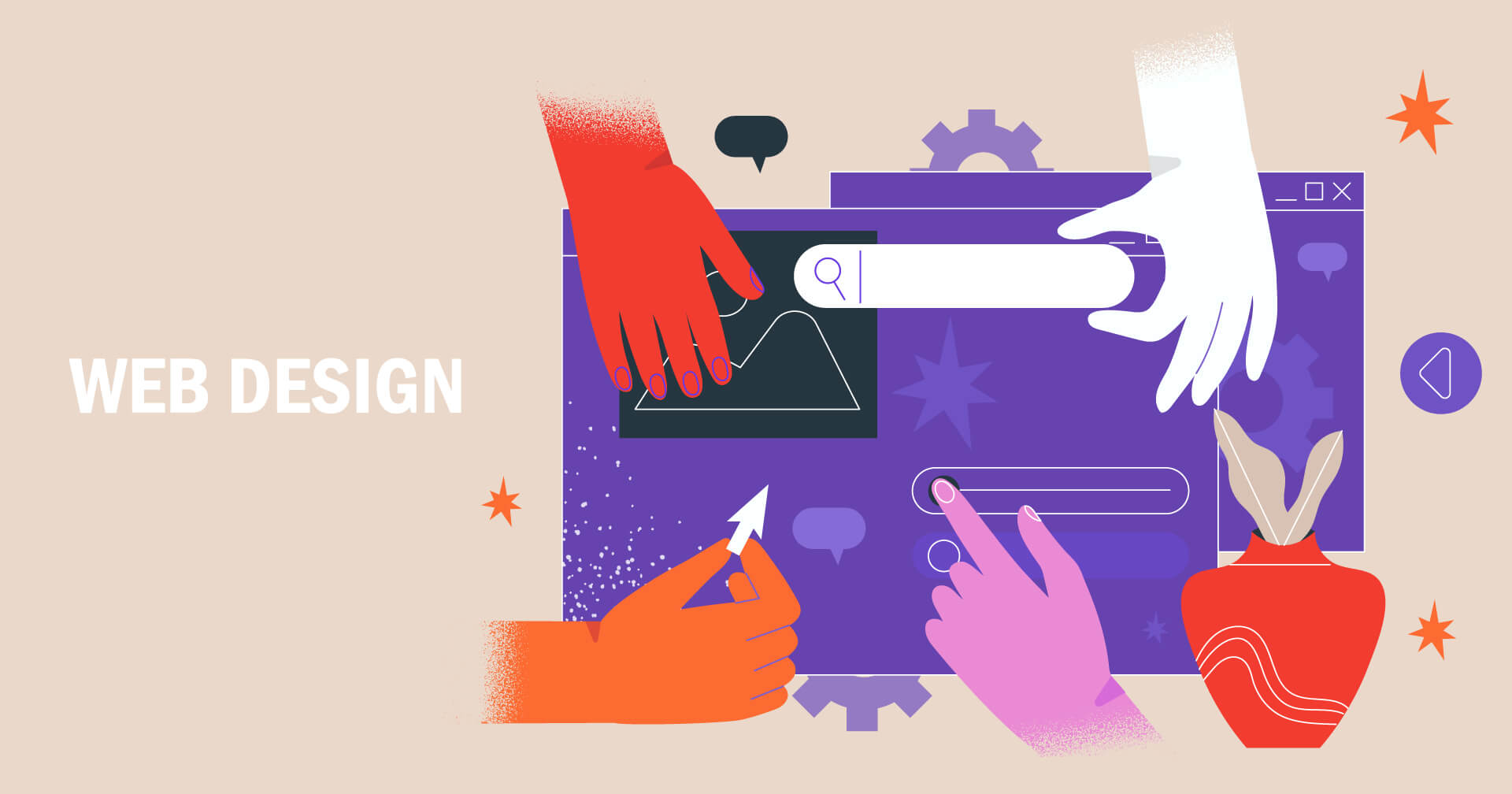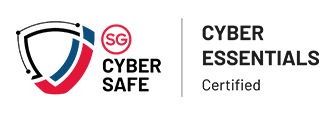
In today’s digital landscape, businesses recognize the importance of establishing a strong online presence. Two crucial aspects that contribute to the success of a website are SEO (Search Engine Optimization) and web design. While they both play significant roles in enhancing a website’s performance and visibility, they serve different purposes.
In this article, we will delve into the difference between SEO and Web Design, highlighting their unique functions and how they complement each other to create an effective online platform.
SEO: Unlocking Online Visibility

SEO is the practice of optimizing a website to rank higher in search engine results pages (SERPs) and increase organic traffic. It focuses on improving a website’s visibility, accessibility, and relevance to search engines. The primary objective of SEO is to ensure that the website appears prominently in search results when users search for relevant keywords or phrases.
Key Elements of SEO
1. Keyword Research
Identifying and targeting specific keywords that align with the website’s content and target audience.
2. On-Page Optimization
Optimizing various elements within a webpage, such as meta tags, headings, content, and URLs, to make them more search engine-friendly.
3. Off-Page Optimization
Building high-quality backlinks from reputable websites to enhance the website’s authority and credibility.
4. Technical SEO
Optimizing the website’s technical aspects, including site speed, mobile-friendliness, crawlability, and indexability, to ensure better search engine visibility.
Web Design: Crafting User-Friendly Experiences

Web Design involves creating visually appealing, intuitive, and user-friendly interfaces for websites. It focuses on the aesthetic appeal, functionality, and usability of a website, with the aim of engaging visitors and providing them with a seamless browsing experience. Effective web design integrates elements that enhance user engagement, encourage conversions, and reflect the brand’s identity.
Key Elements of Web Design
1. Visual Design
Utilizing colors, typography, images, and layout to create an aesthetically pleasing and visually consistent website.
2. User Interface (UI) Design
Designing interactive and intuitive elements that allow users to navigate the website easily and find the information they seek.
3. User Experience (UX) Design
Ensuring that visitors have a positive experience by optimizing the website’s usability, accessibility, and overall flow.
4. Responsive Design
Adapting the website’s layout and functionality to different devices and screen sizes, providing an optimal viewing experience for all users.
The Synergy Between SEO and Web Design

In the ever-evolving world of digital marketing, the synergy between SEO and Web Design has become an indispensable factor in creating a successful online presence. While SEO focuses on optimizing websites to rank higher in search engine results, web design emphasizes creating visually appealing and user-friendly interfaces.
When these two essential components work harmoniously together, the results are truly transformative. A well-designed website with SEO in mind not only captures the attention of visitors but also ensures that search engines can easily crawl and index its content. By incorporating relevant keywords into a seamless design, businesses can attract targeted organic traffic and increase their online visibility.
Ultimately, the synergy between SEO and Web Design enhances user experience, drives conversions, and propels businesses toward digital success in today’s competitive landscape.
Conclusion
In conclusion, both SEO and Web Design are critical components of building a successful online presence. SEO focuses on increasing a website’s visibility and organic traffic by optimizing its structure, content, and technical aspects. On the other hand, web designing emphasizes creating visually appealing and user-friendly interfaces that enhance the user experience.
By understanding the difference between SEO and Web Design, businesses can make informed decisions and leverage the synergistic relationship between the two to maximize the performance and effectiveness of their websites.
Incorporating effective SEO strategies into the web design process ensures that a website is not only aesthetically pleasing but also capable of attracting and retaining visitors while ranking well in search engine results.
eFusion Technology offers a comprehensive solution that combines the strengths of SEO and web designing. By leveraging their expertise, businesses can create a strong online presence, attract relevant traffic, and achieve their digital marketing goals. Contact us today and let’s get started.

